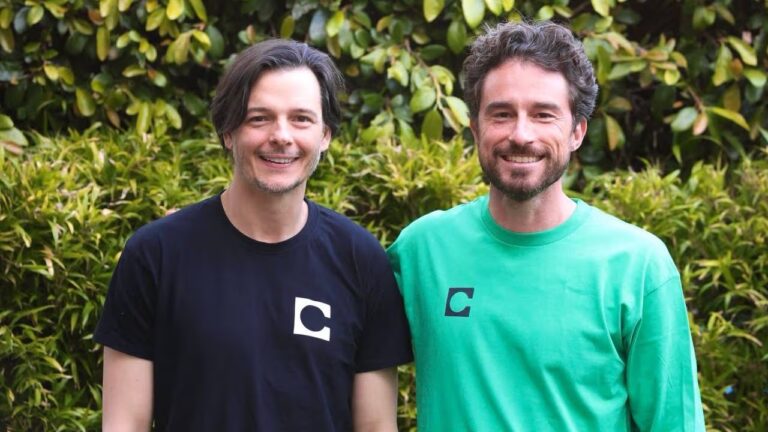Peter Thiel-Backed Plasma Aims for High-Speed Stablecoin Transfers
Peter Thiel-Backed Plasma Introduces 'HotStuff-Inspired Consensus' for High-Speed Global Stablecoin Transfers
Other key features of Plasma include custom gas tokens, fee-free USDT transfers, and confidential transactions while remaining compliant with regulations.
Posted by Omkar Godbole Updated March 26, 2025 12:57 UTC Published March 26, 2025 6:21 UTC

What you should know:
- Cryptocurrency startup Plasma has unveiled technical details of its blockchain, which is designed for fast and efficient global transfers of stablecoins using a consensus mechanism based on HotStuff.
- The Plasma blockchain is specifically built for Tether, the world's largest dollar-pegged stablecoin, and functions as a Bitcoin sidechain with full compatibility with the Ethereum Virtual Machine (EVM).
- Other key features of Plasma include custom gas tokens, fee-free USDT transfers, and confidential transactions while complying with regulations.
Cryptocurrency startup Plasma has shown off the technical specifications of its stablecoin-focused blockchain, promising fast and efficient processing of global stablecoin transfers using a HotStuff-inspired consensus mechanism.
The HotStuff consensus is an example of Byzantine fault tolerance (BFT) for blockchains, allowing consensus to be reached even in the presence of faulty or malicious nodes. Imagine a group of friends planning a picnic, who need to agree on the date, location, and duration. If the majority agrees, they can move forward successfully, avoiding potential roadblocks from a few untrustworthy comrades.
The HotStuff blockchain consensus mechanism offers efficient leader replacement if the decision-making node or leader exhibits unstable behavior, which reduces latency and improves efficiency.
Additionally, in traditional BFT systems, each node sends multiple confirmations back and forth, which introduces time delays. The HotStuff mechanism simplifies the process by having a leader node propose a solution and validator nodes confirm it in one step.
“At its core, Plasma uses PlasmaBFT, a consensus protocol built on Fast HotStuff and optimized for fast finality and low latency, supporting high-frequency global stablecoin transfers,” Plasma said on X.
Finality in blockchain refers to the speed at which transactions are confirmed and added to blocks, after which they become irreversible. Low latency, in turn, refers to the speed at which transactions are processed.
“Stablecoins are a core application of cryptocurrency, and we don’t have anyone building the infrastructure for stablecoins to interact with each other at the base level. Plasma changes that with the unique ability to maximize TPS while minimizing transaction fees for users, as the chain doesn’t try to fit every existing use case,” said Zahir Ebtikar, chief investment officer and founder of Split Capital.
The Plasma blockchain is specifically designed for Tether, the world’s largest dollar-pegged stablecoin with a market cap of $144 billion. According to Coingecko, Tether accounts for more than 60% of the entire stablecoin market, and its issuer earned $13.7 billion in profit last year. Early backers of the project include big names in the industry, such as venture capitalist Peter Thiel, Tether CEO Paolo Ardoino, and Split Capital’s Zahir Ebtikar.
Plasma is designed as a Bitcoin sidechain with full compatibility with the Ethereum Virtual Machine (EVM). Most stablecoin activity occurs on smart contract blockchains.
Источник



